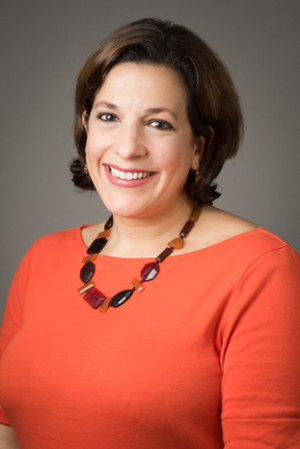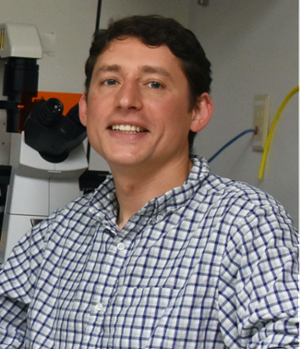News & Events / BME Seminar Series / Current Speakers / 2020-21Dr. Valeria Vásquez & Dr. Ilya Levental
Diving into the cell membrane
BME Seminar Series Winter 2021
Thursday, January 21, 2021 at 4:15-5:15 pm
This event will take place via Zoom
Host: Professor Neha Kamat
We are excited to host two talks that take a closer look at how membrane composition can vary across a cell membrane and dictate protein function

Modulation of Sensory Ion Channels by Fatty Acids
Mechanosensitive ion channels rely on membrane composition to transduce physical stimuli into electrical signals. The Piezo1 channels mediates mechanoelectrical transduction and regulates crucial physiological processes, including vascular architecture and remodeling, cell migration, and erythrocyte volume. Whereas Piezo2 is essential for touch discrimination, vibration, and proprioception. The identity of the membrane components that modulate Piezo channels function remain largely unknown. Using lipid profiling analyses, we here identify dietary fatty acids that tune Piezo channels mechanical response. We found that margaric acid, a saturated fatty acid present in dairy products and fish, inhibits Piezo1 and Piezo2 activation and polyunsaturated fatty acids (PUFAs), present in fish oils, modulate Piezo1 inactivation. Using atomic force microscopy, we revealed that margaric acid increases membrane bending stiffness, whereas PUFAs decrease it. We use PUFA supplementation to abrogate the phenotype of gain-of-function Piezo1 mutations (causing hemolytic anemia), and margaric acid to counteract PIEZO2 sensitization by the proalgesic agent bradykinin. Beyond Piezo channels, our findings demonstrate that cell-intrinsic lipid profile and changes in the fatty acid metabolism can dictate the cell's response to mechanical cues.
Learn more about Dr. Valeria Vásquez and their research here.

The transbilayer organization of the mammalian plasma membrane
A fundamental feature of cellular plasma membranes (PMs) is an asymmetric lipid distribution between the bilayer leaflets. However, neither the detailed, comprehensive compositions of individual PM leaflets nor how these contribute to structural membrane asymmetries have been defined. We report the distinct lipidomes and biophysical properties of both monolayers in living mammalian PMs. Phospholipid unsaturation is dramatically asymmetric, with the cytoplasmic leaflet being approximately twofold more unsaturated than the exoplasmic leaflet. Atomistic simulations and spectroscopy of leaflet-selective fluorescent probes reveal that the outer PM leaflet is more packed and less diffusive than the inner leaflet, with this biophysical asymmetry maintained in the endocytic system. The structural asymmetry of the PM is reflected in the asymmetric structures of protein transmembrane domains. These structural asymmetries are conserved throughout Eukaryota, suggesting fundamental cellular design principles.
Learn more about Dr. Ilya Levental and their research here.
